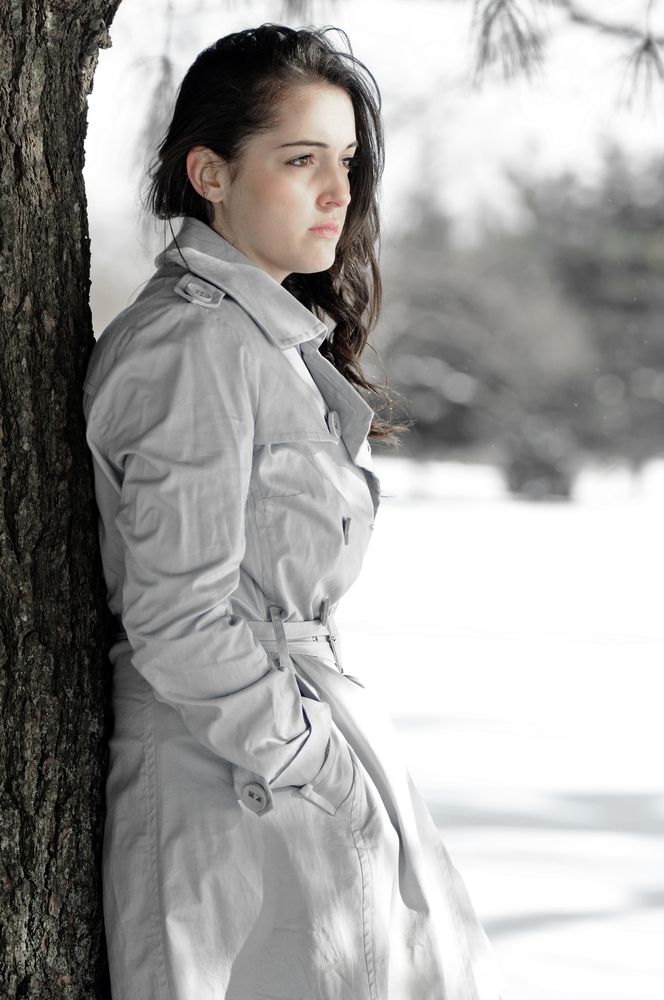Winter Depression: Seasonal Affective Disorder
 Seasonal Affective Disorder (SAD), also referred to as winter depression, is a phenomenon that occurs during the start of fall or winter and ends in spring and early summer. SAD is a mood disorder that occurs when there is less natural sunlight due to the shorter days. Researchers have gone through various studies on this topic and yet, much still remains unclear about the shifts in mood. Some researchers claim that the depressive state could be triggered by something specific, holiday stress or even reminiscing of an absent loved one.
Seasonal Affective Disorder (SAD), also referred to as winter depression, is a phenomenon that occurs during the start of fall or winter and ends in spring and early summer. SAD is a mood disorder that occurs when there is less natural sunlight due to the shorter days. Researchers have gone through various studies on this topic and yet, much still remains unclear about the shifts in mood. Some researchers claim that the depressive state could be triggered by something specific, holiday stress or even reminiscing of an absent loved one.
Experts claim that SAD is due to hormonal changes that our brains go through during certain times of the year. One theory of this disorder is the decreased production of serotonin in the brain due to the seasons’ reduced sunlight. Serotonin is a neurotransmitter that triggers soothing and calming effects. Symptoms of depression can come from the lack of serotonin, along with fatigue, cravings for carbohydrates and gaining weight.
Since lack of daylight during the wintertime is related to SAD, cases of SAD are far less frequent in countries that are within 30 degrees of the equator. The United States resting just outside this boundary, the northern states are more likely to see more cases of this disorder then the southern states.
Like depression, people with SAD may show these symptoms:
- Fatigue/need for sleep
- Hard to concentrate
- Increased appetite/weight gain
- A desire to be alone/irritability
Treatments of SAD vary depending on the severity of the symptoms. It is recommended that patients with SAD increase their outdoor activity in the mornings to increase the amount of exposure to natural light. Since this tends to be more difficult this time of year, antidepressants or light therapy may be prescribed.
Patients undergoing Phototherapy (light therapy) may sit two feet away from a full-spectrum light. This is done for 10 to 15-minute sessions and can be increased to 30 to 45-minute sessions, depending on the response of the patient. While some patients recover within days, others may take much longer and could need to move the therapy to twice a day. Those responding well to phototherapy are encouraged to continue until the season has changed.
After reading about Seasonal Affective Disorder, it is essential to not diagnose yourself. Have a doctor do a thorough assessment of your symptoms. Depression can be caused from a number of different, more complex psychiatric problems and only a health professional will be able to recommend the right form of treatment. Contact Phoenix Family Medical Clinicimmediately if you are showing signs of depression and need help.







